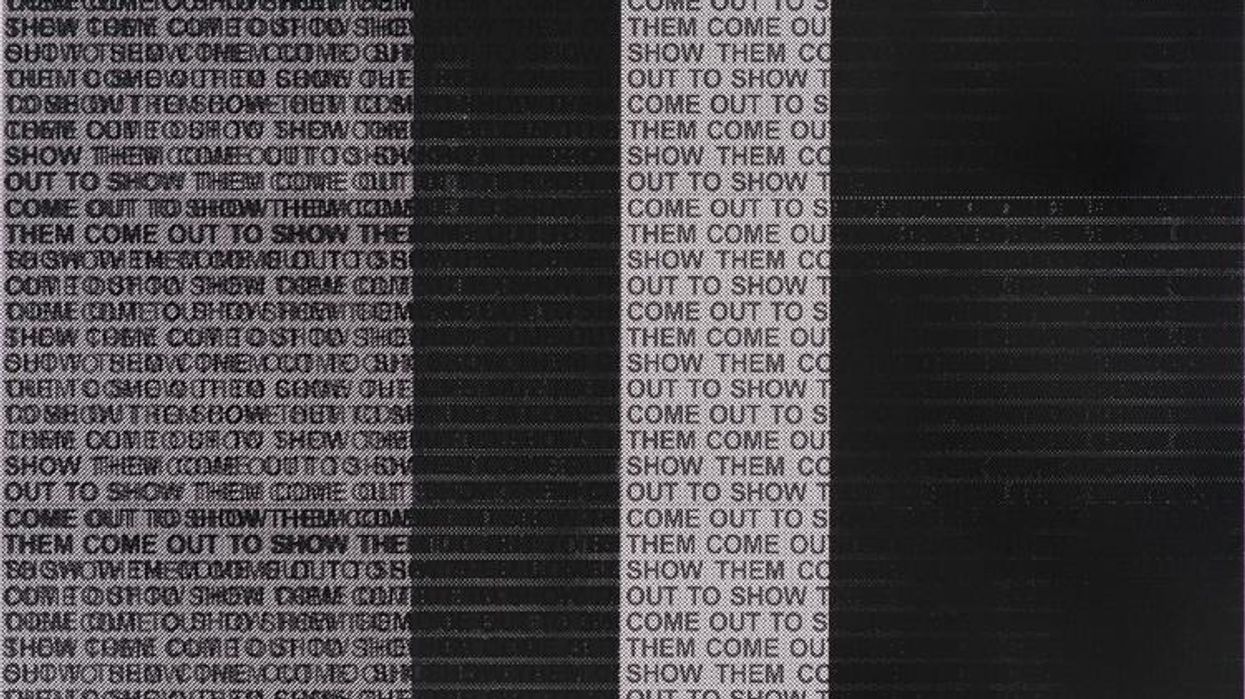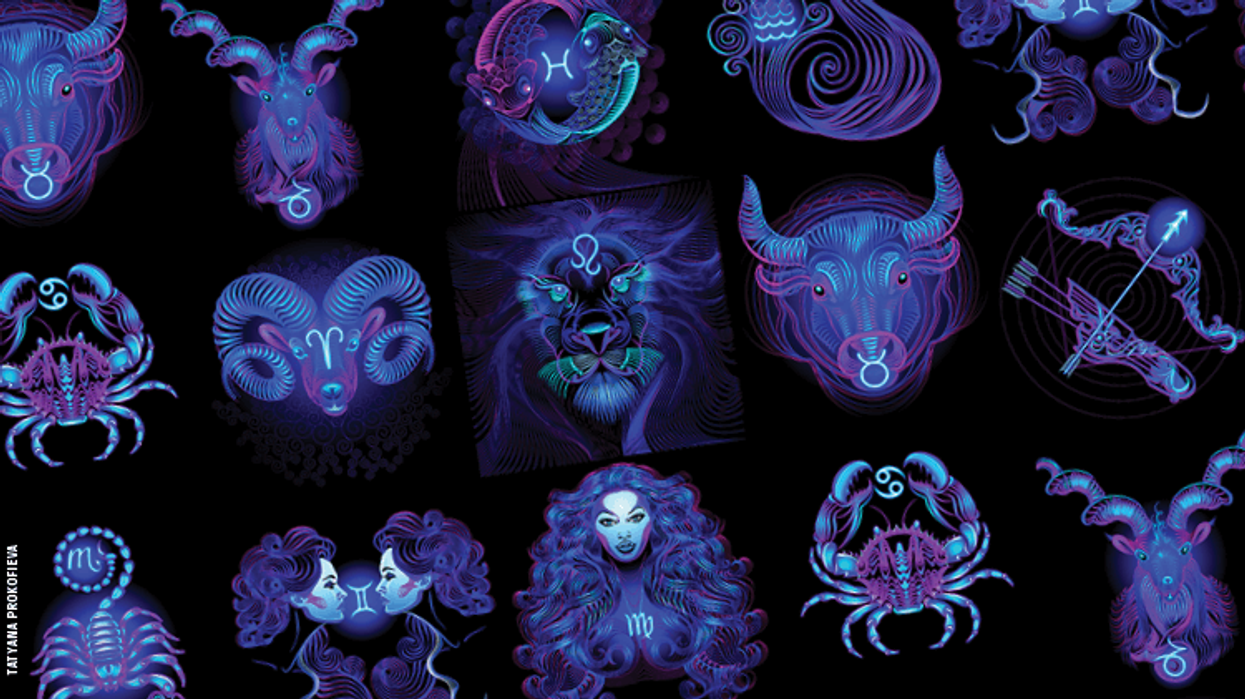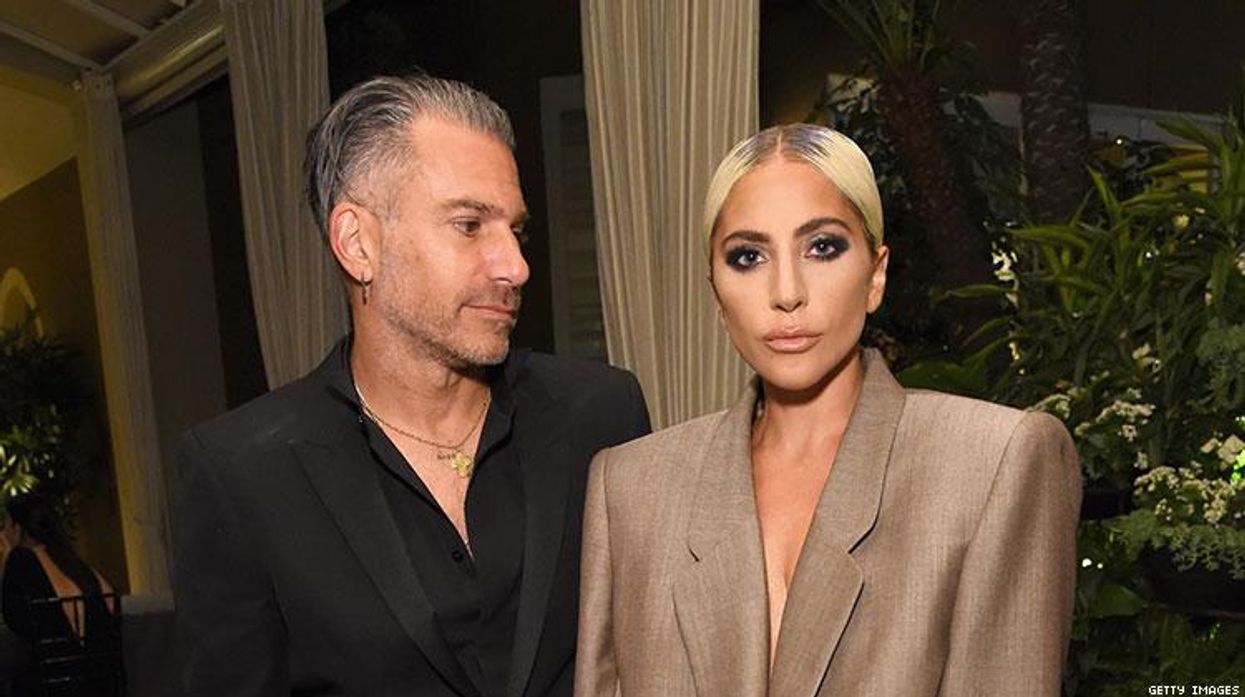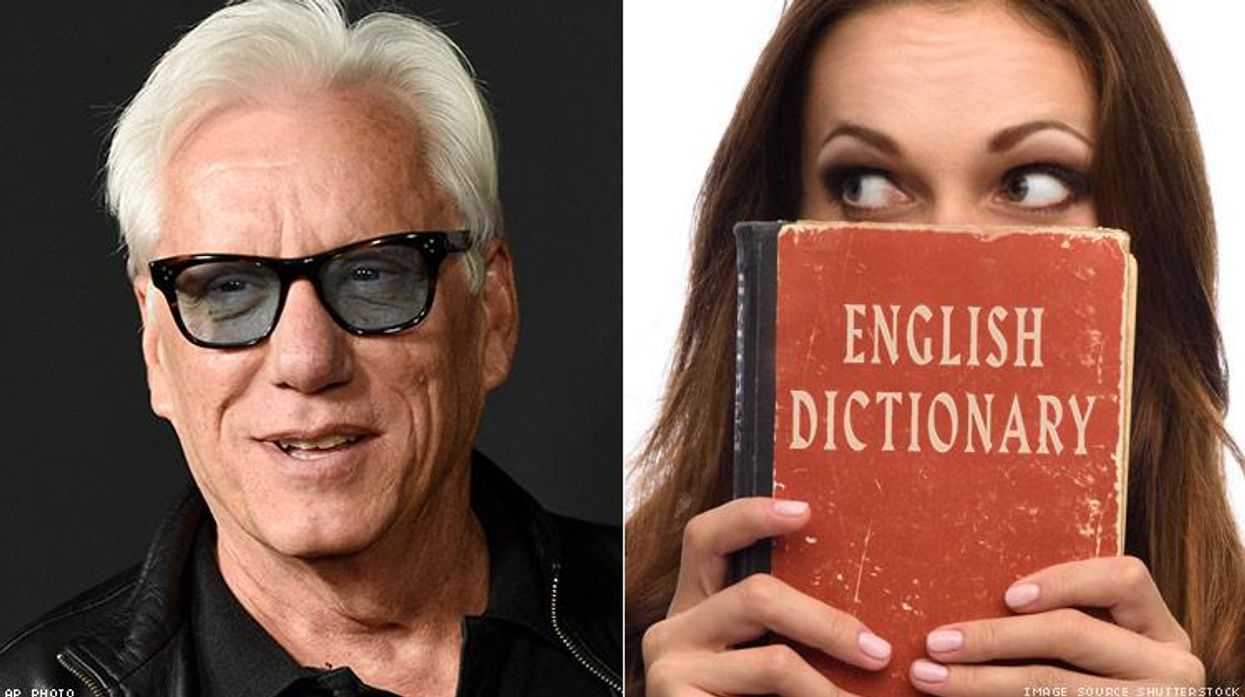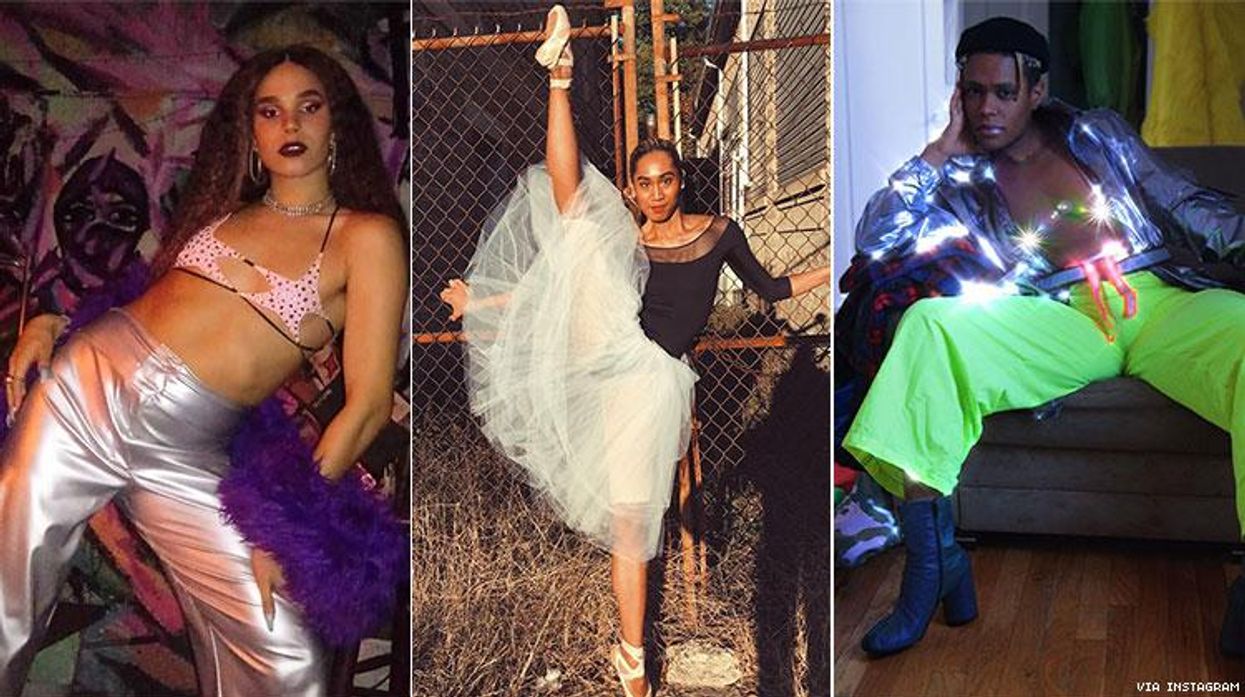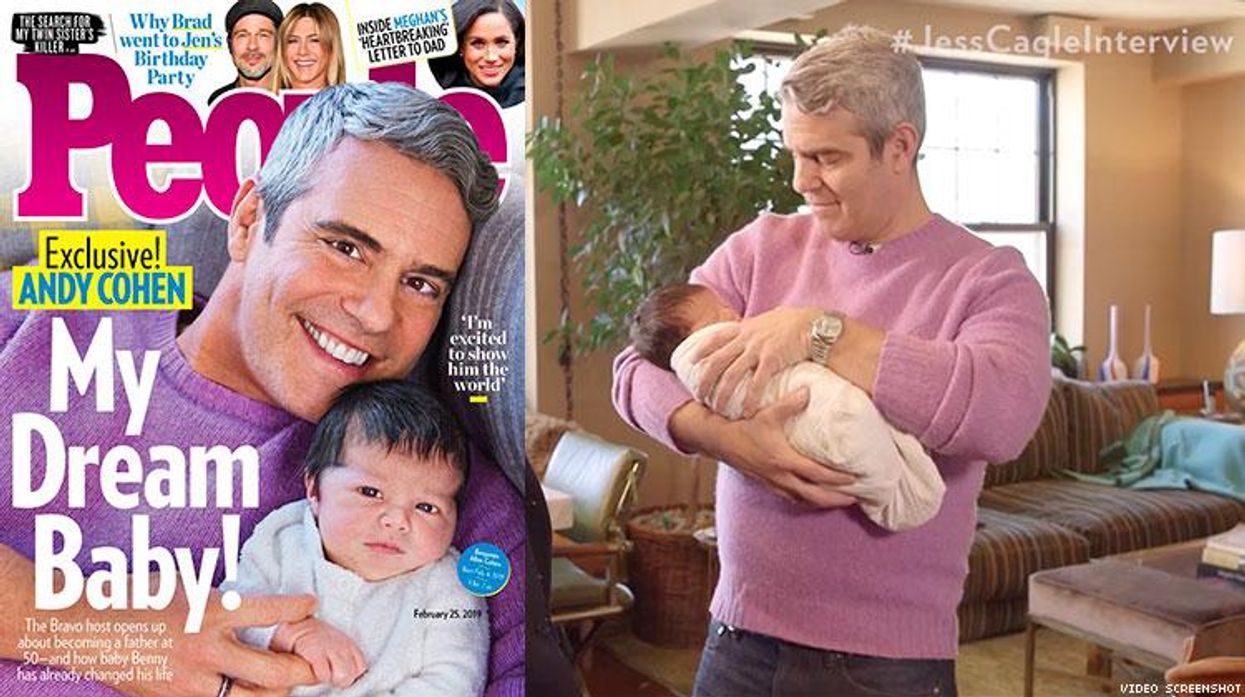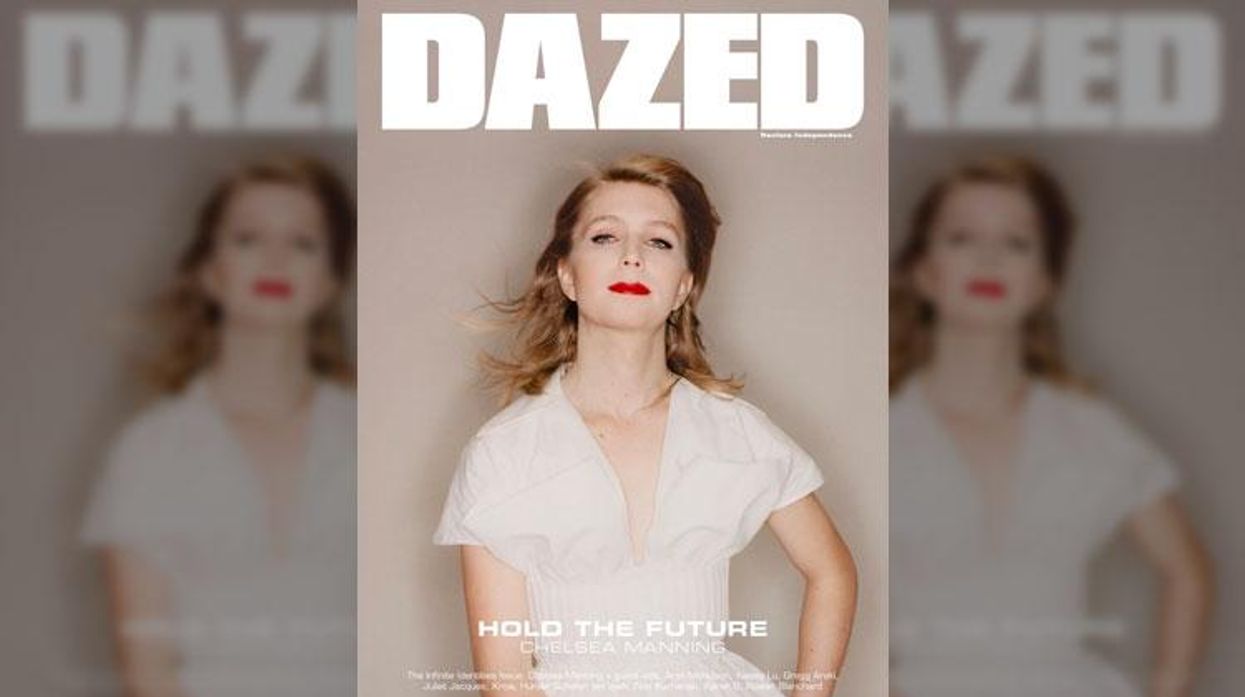Pictured: "Come Out #6", 2015, silkscreen on canvas
Bronx-born Glenn Ligon might be described as one of our more literary artists. A one-time proof reader for a law firm, whose mother once told him, "The only artists I've ever heard of are dead," he made his way as an artist by working nights and weekends, and today finds a home in permanent collections from London's Tate Modern and the Pompidou Center in Paris, to MoMA, the Guggnheim, and the Walker Art Center in Minneapolis. You can see why with his latest show at Regen Projects, ending this Saturday, a mix of older works and new that capture the ambiguity and tension of what it means to be American--black, white, gay, straight--today.
Ligon's work is largely abstract, but often inspired by literature, from Baldwin to Genet, to Dickens, to the lyrics of Billie Holiday, part of a subtle, meditative inquiry into identity and place. The fact that Ligon is both gay and black is critical to his work, but only in as much as any identity is a slippery thing, that shifts and slides depending on who is doing the talking--or reading. His latest show, Well, it's bye-bye/If you call that gone, at LA's Regen Projects, takes its name from blues musician Mississippi Fred McDowell's song "What's the Matter Now," and includes his celebrated 1996 work, "Hands", a super large blown-up newspaper photo, on canvas, of outstretched arms taken from Benjamin Chavis's and Louis Farrakhan's 1995 Million Man March. The image, degraded by being blown up so large, hints at how time can serve to obscure and diminish the clarity and power of a historical moment.
Also in the show is Ligon's latest silkscreen paintings inspired by "Come Out," a score by composer Steve Reich made for a benefit concert for the Harlem Six, a group of six African-American teenagers who were wrongfully accused of murdering a shopkeeper in Harlem in 1964. Ligon, like Reich, takes a fragment of the testimony of Daniel Hamm, in which the teenager explained that he had to open his police-inflicted bruises to show that he was injured and needed treatment. Like "Hands," it isolates a fragment, only to alternately expand and shrink it, making it reverberate in the mind long after leaving it behind.
Well, it's bye-bye/If you call that gone runs through Saturday at Regen Projects, 6750 Santa Monica Boulevard, Los Angeles. Gallery hours: Tues. - Sat. 10 a.m.-6 p.m.


